
Indian National Flag
A Miniature Sheet consisting of 1 no. of postage stamp on the Journey of the National Flag of India :

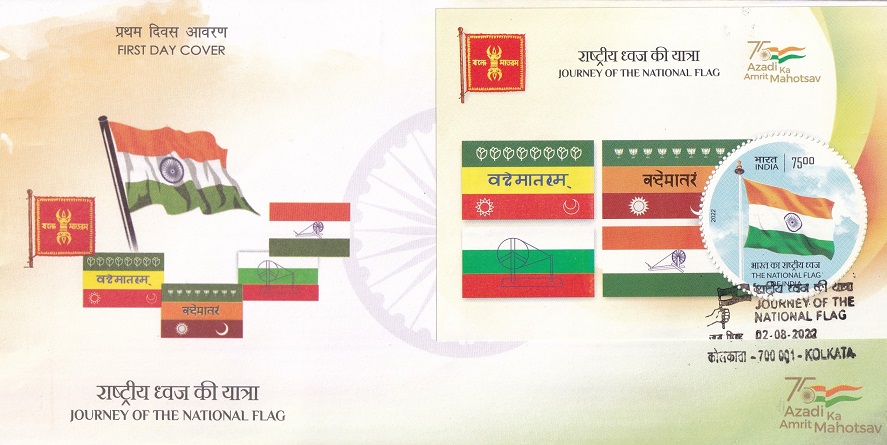 Issued by India
Issued by India
Issued on Aug 2, 2022
Issued for : Department of Posts salutes the spirit of the Indian National Flag and recognizes the sacrifices of all freedom fighters and unsung heroes who contributed to the rise of free and independent India and evolution of the Indian Flag. Department of Posts is pleased to issue Stamp on evolution of Indian Flag and salutes the Indian National Flag, a symbol of national pride of the entire nation.
Credits :
Stamps/FDC/Brochure/Cancellation Cachet : Shri Brahm Prakash
Type : Stamp, Mint Condition
Colour : Multi Colour
Denomination : 7500 Paise
Miniature Sheets : 200000
Printing Process : Wet Offset
Printer : Security Printing Press, Hyderabad
About :
- The flag is a symbol of a country’s values and pride which differentiates it from the rest of the world. It is an identity of the people in front of the world and is connected with patriotic emotions. The National Flag symbolizes the norms, values, belief and rules of the nation and its people. The importance of the flag and the waving of the flag outside the homes and offices is an important tool to express patriotic emotions and love for the country.
- The National Flag of India, commonly known as Tiranga represents hope and aspirations of the people of India. It is a symbol of our national pride. The National Flag has three equal, parallel, and rectangular stripes of Indian saffron (Kesari) at the top, white in the middle, and Indian green at the bottom. A navy blue coloured Dharma Chakra or “Wheel of the Law”, also called Ashoka Chakra, with 24 equally spaced spokes is placed in the centre of the white band. This Wheel has been derived from the Lion Capital of the Great Mauryan emperor Ashoka which was discovered at Sarnath near Varanasi.
- The evolution of the Indian Flag represents the freedom struggle of India. The first Indian flag came into being in 1905. It was made by Sister Nivedita, an Irish disciple of Swami Vivekananda. The words Vande Mataram in Bengali script were written on it. The flag also contained figure of Vajra in the middle, the weapon of the Hindu deity, Indra.
- In 1906, another flag, a tricolor was designed with three equal stripes, green at the top, yellow in the middle, and red at the bottom. This flag had symbols of Sun and a crescent along with eight half opened lotuses. This flag had the words Vande Mataram written in Devanagari script. This flag was hoisted by Sir Surendranath Bannerjee at Kolkata to mark unity of India against the Partition of Bengal.
- Another version of the tricolor was developed in the year 1907 by Madam Bhikaji Cama, Veer Savarkar and Shyamji Krishna Varma. This flag had three bands – green at the top, saffron in the middle, and red at the bottom with Vande Mataram in Devanagari script on the centre band. This flag was hoisted on 22nd August, 1907 by Madam Bhikaji Cama in Stuttgart, Germany who became the first person to hoist Indian Flag on foreign soil.
- In 1921, Pingali Venkaiah a young man from a small village in Andhra Pradesh, designed the Indian Flag at the insistence of Mahatma Gandhi. The flag had three bands with a large charkha super imposed on all the three bands. In 1931, a modified tricolor came into existence with three bands – saffron at the top, white in the middle, and green at the bottom, with a Charkha in dark blue color imprinted on the middle band.
- In 1947, the India National Flag in its present form was adopted in a meeting of the Constituent Assembly on 22nd July, 1947. Leading a group of 70 women, Smt. Hansa Mehta presented the first National Flag of independent India to Dr. Rajendra Prasad, the Chairman of the Constituent Assembly, in the Parliament on the midnight of 14-15 August, 1947.
- It first served as the National Flag of the Dominion of India from 15th August, 1947 to 26th January, 1950 and, thereafter, as the National Flag of the Republic of India.
- In modern times, the Government envisages to transform the relationship between the National Flag and citizens to be personal rather than formal and institutional, so as to evoke the sense of patriotism in the hearts of the people. Har Ghar Tiranga campaign has been initiated by the Government to propagate this idea and to inspire the citizens to hoist the national flag at home.
- Text : Referenced from the contents provided by National Archives of India.


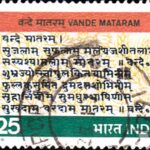

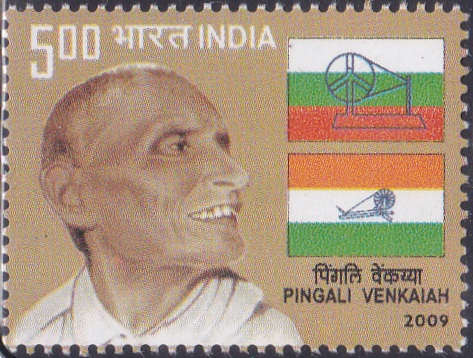
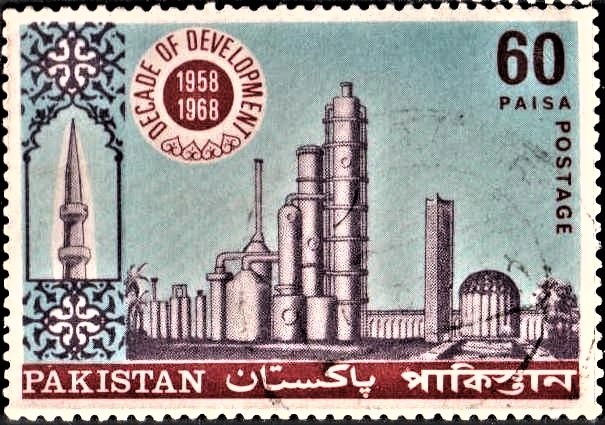
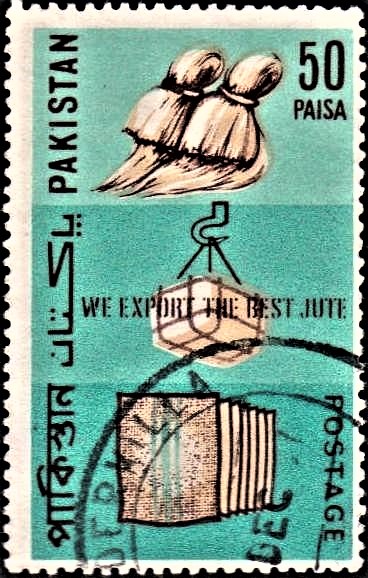
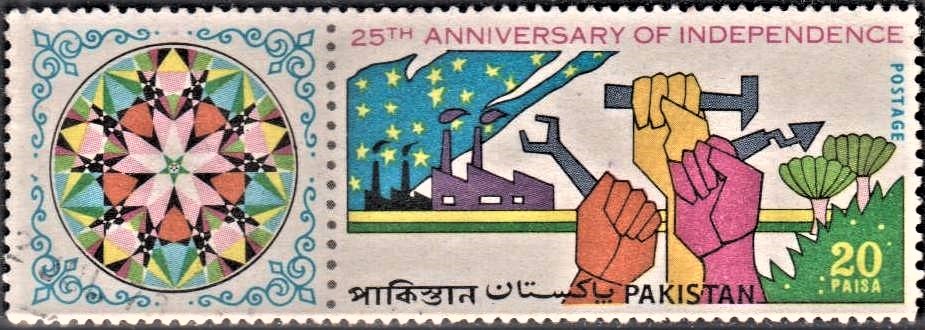
[…] Lodhi participated in a procession at Lucknow which marched to the Aminabad Park for hoisting the tri-colour in August, 1935. The park was surrounded by British troops in order to prevent the hoisting of […]
[…] most outstanding feature of the building on which the National tricolor flies is the large Neo-Buddhist Dome that arises over the cast frontage which pays homage to the […]
[…] April, 1923, the British Government imposed a ban on the display of the National Flag in the Nagpur Civil Lines in connection with the country-wide celebrations of ‘Jallianwala […]
[…] of seven students who lost their lives in the Quit India movement while attempting to hoist the National flag. The Memorial was sculptured by Shri Devi Prasad Roy […]
[…] more than 6 crore selfies with flag were recorded and people from all walks of life joined the Tiranga Rallies being held across the length and breadth of India and across foreign […]